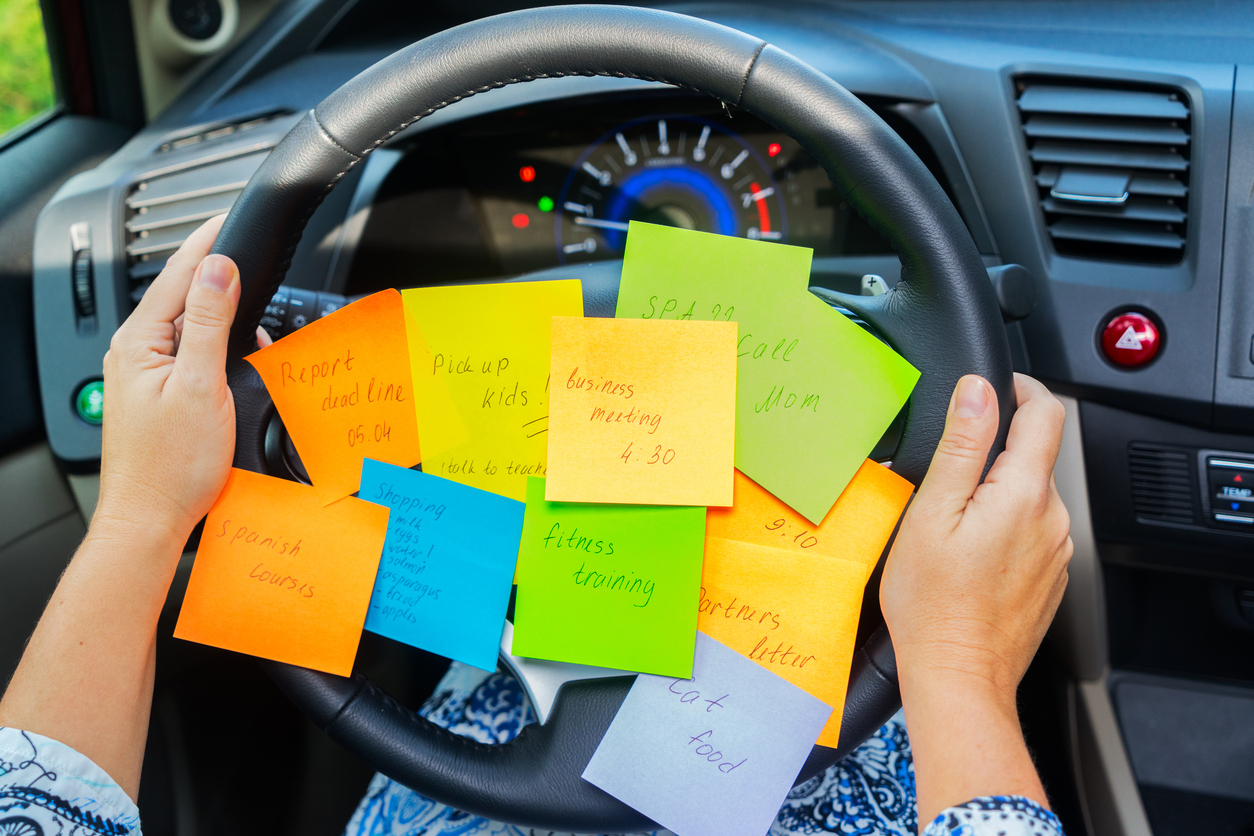You’ve probably faced this scenario: You’re out of the office and you receive an email or phone call from a client or third party and have no access to a pen and paper to take notes. You could send an email to yourself or a staff member summarizing the conversation and reminding you of the follow-up task to be completed. But what if you simply have ideas you want to write down as soon as possible and prefer to avoid clogging up your email inbox? Or you’re attending a meeting or deposition and would prefer to take notes electronically. Below are several applications that can assist with notetaking when you’re working outside the office:
If you have a tablet and are interested in taking notes or annotating documents, consider downloading an application that allows you to take handwritten notes with your finger or a digital pen, also known as a stylus. The Microsoft Surface brand has a variety of touchscreen devices available, and the ability to take notes using your finger or a stylus is built into the device. For Microsoft Office users, whether you’re using a laptop or a tablet, OneNote is a built-in program that is often overlooked but can be a great resource. You can also download it onto your smartphone and integrate it with the information on your laptop or tablet. It functions like a digital notebook with sections and pages within each section. If using it by tablet, you can take freeform notes as well as audio or video recordings that can later sync with your notes. For annotating PDF documents, you can also download a third-party application such as DrawboardPDF. For iPad users, the tablets have a built-in notetaking application called Notes, equivalent to Notepad for Microsoft. But you can download applications like Notability or GoodNotes, which both also allow for annotating PDFs.
Evernote, which is compatible with a variety of Windows, Mac, Android, and iOS operating systems, is a notetaking software application allowing you to take notes from a variety of mobile devices, including your laptop, tablet, or smartphone. You can then sync your notes to the cloud for access on any device. And if you prefer to handwrite notes, you can use a stylus and the program will scan your handwriting and make your notes searchable. It also allows for capturing of images from various surfaces, such as a document or whiteboard, and integrates them with your notes. You can also organize your notes, store legal research and articles found online, collect and archive informal handwritten notes, and track tasks. The paid versions offer additional features, such as integration with email programs and sharing notes and documents with others.
Another option geared more toward creating lists and organizing tasks is Microsoft To Do. This program allows you to take notes and organize them into task lists. You can even break the tasks down into simple steps, add due dates, and set reminders. It is available for free and syncs across iPhones, Androids, Windows 10, and the web.
If you are interested in using dictation for taking notes when out of the office, a variety of options are available. Siri is a built-in voice assistant application for iPhone and iPad devices and transcribes your words into the Notes application as you speak them. Similar to Apple’s Siri, Google Docs Voice Typing allows for dictation to your device and is available through the Google Chrome web browser. Both Siri and Google Docs Voice Typing are better suited for taking shorthand notes. If you are looking for a more robust mobile dictation application, Dragon Anywhere, available on Android and iOS devices, provides tools for dictating and editing documents, with additional features including cloud storage and sharing with others.
As technology continues to adapt to a mobile way of life, options abound for conducting work outside the office. Contact a Practice Management Advisor and we can assist in finding what works best for you.







